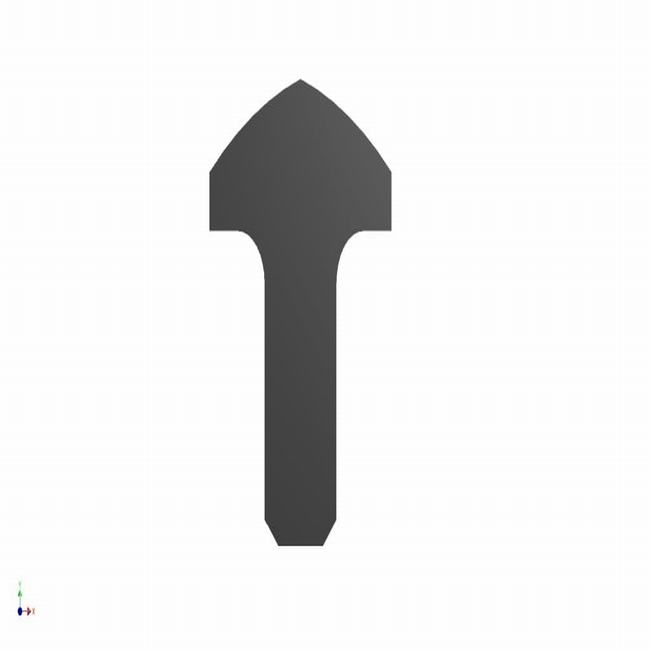A concrete pipe seal is a device used to prevent the flow of water or other fluids between two sections of concrete pipe. Concrete pipe seals are typically made of rubber or polymer materials and are installed in the joint between the two pipe sections.
There are many different types of concrete pipe seals available, each with its own advantages and disadvantages. Some of the most common types of concrete pipe seals include:
- Rubber gaskets: Rubber gaskets are a versatile and cost-effective option for sealing concrete pipes. They are available in a variety of sizes and shapes to fit different pipe joints. Rubber gaskets are also relatively easy to install and maintain.
- Polymer seals: Polymer seals are more expensive than rubber gaskets, but they are also more durable and resistant to chemicals and water. Polymer seals are a good choice for applications where a high level of sealing performance is required.
- Mechanical seals: Mechanical seals are the most expensive type of concrete pipe seal, but they also offer the highest level of sealing performance. Mechanical seals are typically used in applications where there is a high risk of leakage, such as in sewer pipes.

The type of concrete pipe seal that is best for a particular application will depend on a number of factors, including the size and shape of the pipe joint, the type of fluid being conveyed, and the environmental conditions.
To seal concrete pipe joints, the following steps are typically followed:
- The pipe joints are cleaned to remove any dirt or debris.
- A primer may be applied to the pipe joints to help improve the adhesion of the sealant.
- The sealant is applied to the pipe joints.
- The sealant is allowed to cure according to the manufacturer’s instructions.
Concrete pipe seals are an important part of ensuring the integrity of concrete pipe systems. By preventing the flow of water or other fluids, concrete pipe seals help to protect pipes from corrosion and damage.
Here are some additional tips for sealing concrete pipe joints:
- Use a high-quality sealant that is designed for use in concrete pipes.
- Follow the manufacturer’s instructions carefully when applying the sealant.
- Inspect the seals regularly for signs of damage or wear.
- Replace the seals as needed to ensure a watertight seal.
By following these tips, you can help to ensure that your concrete pipe system is properly sealed and protected.




